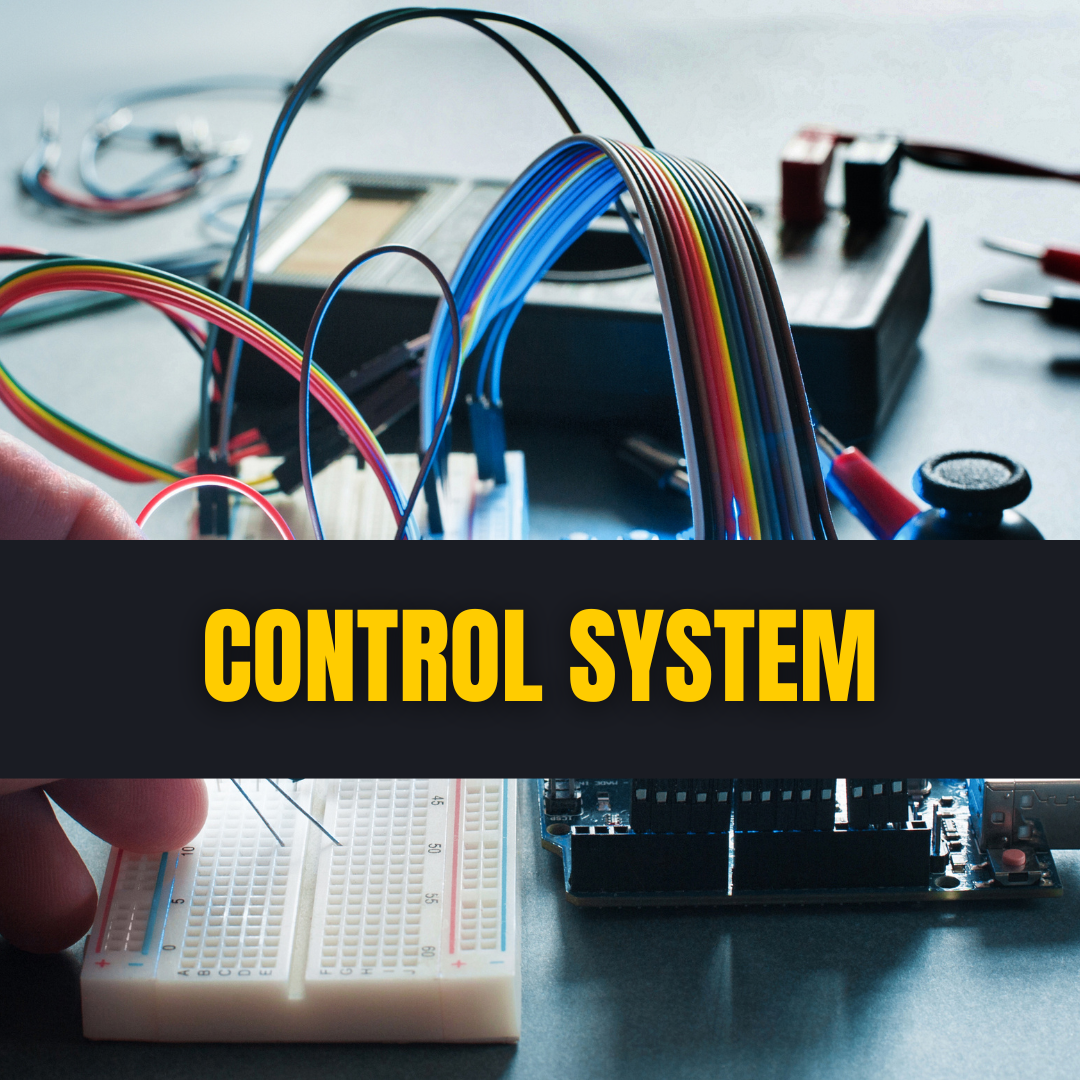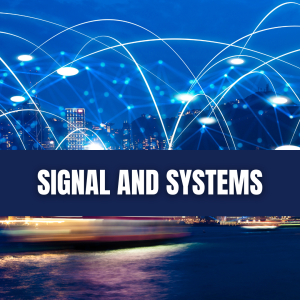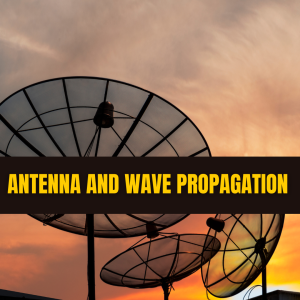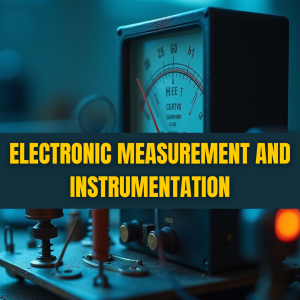Control System
13.98$
About the course
Control System focuses on learning Dynamic System Modeling of Electrical, Mechanical and Thermal Systems that are integral for any engineer, studying Civil, Mechanical or Electrical. We also learn various techniques to find stability of a system-using Bode Plots, Root Locus Techniques and Ruth’s Stability Criteria. Towards the end of course, we study Frequency Response of System and Compensator Design and Control System Analysis.
What will you learn?
The complete online syllabus of this course comprises 5 Learning Modules | 100 Topics of Learning | 5 Hours of Learning | 39 Assessments
Module
- Models of Control Systems and Concept of Stability
- Control and Dynamic System Modelling
- Time Response and Root Locus Techniques
- Frequency Response and Compensator Design
- Digital Control System and Control System Analysis
Topics of Learning
- Control Systems: Terminology and Basic Structure
- Basic Structure of a Feedback Control System
- The Genesis and Essence of the Feedback Control Theory
- Examples of the Feedback Control Theory – Servomechanism for Steering of Antenna
- Feedforward-Feedback Control Structure – Example- Heat Exchanger
- Concept of Multivariable Control Systems
- An example of Multivariable Control Systems – Distillation System
- Introduction to Dynamic System Modelling
- State Variable Models
- Concept of Laplace Transform
- Laplace Transforms of Signals useful for Control System Analysis – Simple Models of Disturbances –
- Impulse Function and Step Function
- Standard Test Signals and Laplace Transform Inversion
- Dynamic Response and Computer Simulation
- Second Order Models – Underdamped systems, Critically damped systems
and Overdamped Systems - Mechanics of Translation
- Models of Hydraulic Systems
- Models of Operational-Amplifiers Circuits for Implementing Proportional-Integral-Derivative Modes of Control
- Simple Op Amp Circuit Models
- Practical Op Amp Circuit
- Introduction and Generalized Block Diagram of a Feedback System
- Block Diagram Manipulations
- Signal Flow Graphs and the Mason’s Gain Rule – Signal Flow Graph Terminology
- The Mason’s Gain Rule and Block Diagram Reduction Using the Mason’s Gain Rule
- DC Servomotors – Armature-Controlled dc Motor
- DC Servomotors – Field-Controlled dc Motor
- Electronic Amplifiers and DC Tachogenerator
- A Speed Control System
- Geared Drives and Potentiometers
- A Position Control System
- AC Servomotor
- AC Tachogenerator
- Synchros
- A Carrier Control System
- Hydraulic Actuators
- Electrohydraulic Servovalves
- Linear Variable Differential Transformer and A Hydraulic Servomechanism
- Flow Control Valve and Electro pneumatic Transducer
- A Temperature Control System
- Introduction
- The Control Objectives – The Plant of a Control System , Input Amplitude Constraints and
- Disturbance Rejection
- The Control Objectives – Noise Filtering, Sensitivity and Robustness
- System Sensitivity
- Steady-State Accuracy, The Case for High-Gain Feedback and Positive Feedback
- Introduction
- Concept of The Routh Stability Criterion
- Relative Stability (Shifting the Origin)
- Introduction
- Transient Response
- Steady-State Response
- Robustness
- Pole Locations for the Standard Second-Order System
- Desired Closed-Loop Pole Locations and the Dominance Condition
- Design of Compensators
- Tunable PID Controllers
- Guidelines for Sketching Root Loci
- Rules for Construction
- Concluding Comments
- Cascade Lead Compensation
- Cascade Lag Compensation
- Cascade Lag-Lead Compensation
- Cascade PID Compensation and Minor-Loop Feedback Compensation
- The Root-Locus of Systems with Dead-Time
- Development of Nyquist Stability Criterion
- The Nyquist Contour
- The Nyquist Plot and The Nyquist Criterion
- Stability Margins and Gain Margin
- Phase Margin
- Some Constraints and Cautions
- The Bode Plots Concept
- Measurement of Frequency Response
- The Link between Time Functions and Frequency Functions
- The Link between Time domain and Frequency domain Performance Measures
- Transient Response
- Steady State Response and Robustness
- Damping Ratio and Response Peak, Response Speed and Resonance Frequency
- Constant-M Circles
- The Nyquist Chart
- Introduction
- Reshaping the Bode Plot
- Cascade Lag Compensation – Lag Compensator Frequency Response
- Cascade Lag Compensation – Design Procedure
- Industrial and Embedded Control
- Use of Digital Computer as a Compensator Device
- Configuration of the Basic Computer-Control Scheme
- Principles of Signal Conversion
- Shaft-Angle Encoders for Digital Measurement of Shaft Position/Speed
- Digital Implementation of Analog Compensators – Sampling Rate Selection
- Applicability Limits of Digital Implementation of Analog Compensators
- Closed-Loop Sample-Data Systems – Transfer Function Models of Closed-Loop Sampled-Data
Systems and Dynamic Response - Transform Design of Digital Controls – Design Using Root-Locus Plots, Transient Accuracy, Steady-State Accuracy
- Transform Design of Digital Controls – Lead Compensator, Lag Compensator and Design using Frequency-Response Plots
- Introduction
- Matrices
- Invariance Property
- Concept of Controllability and Observability
- Invariance Property
- State variable Feedback Structure
- Critique of Pole-Placement State Feedback Control




